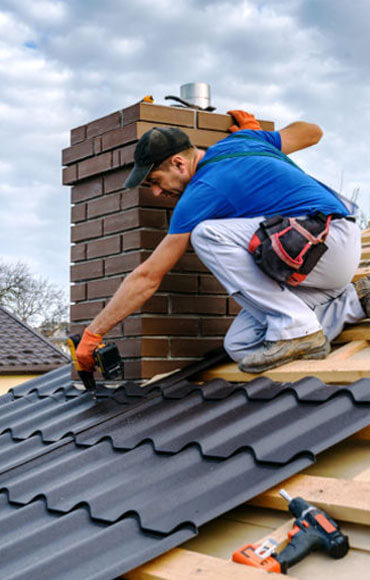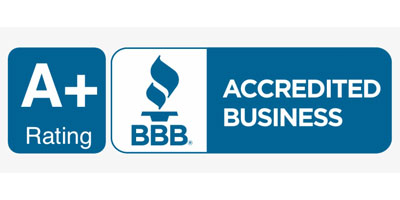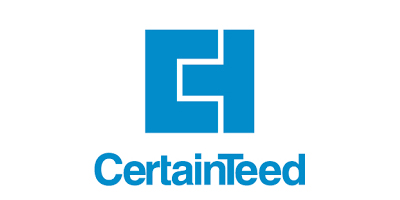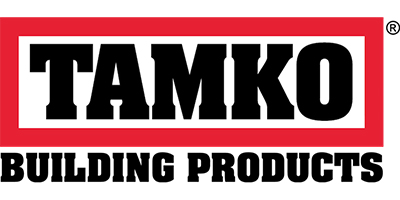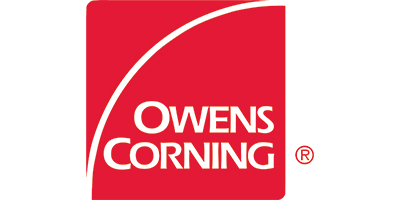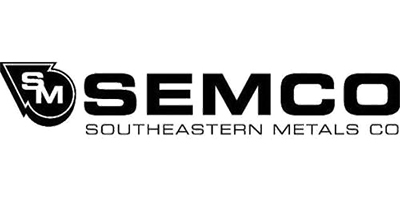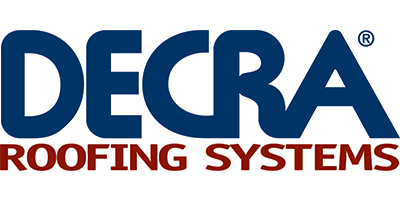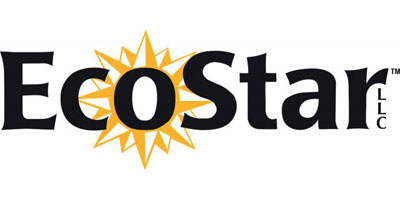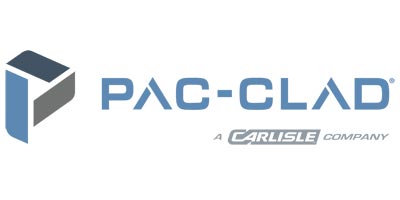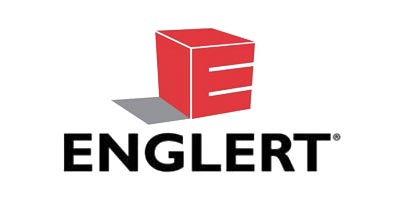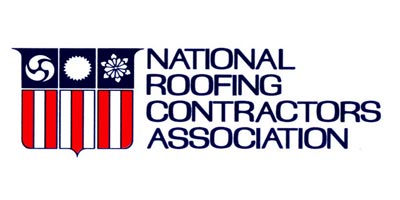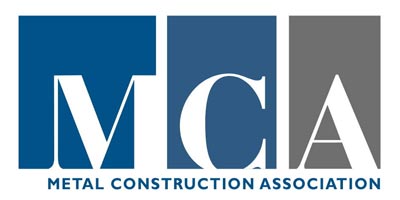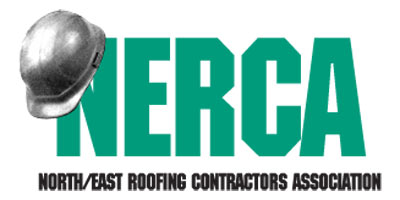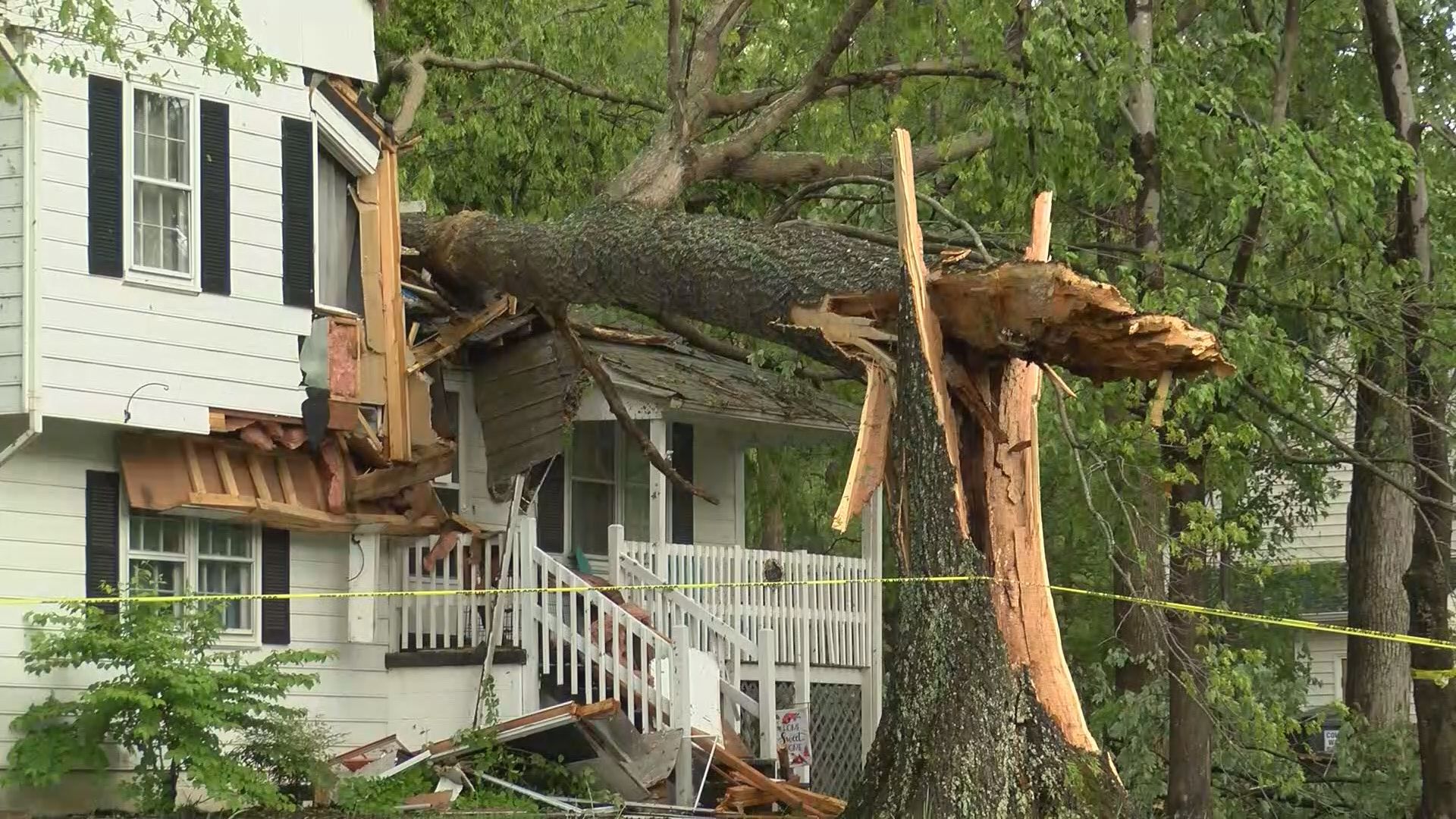
Roof Insurance Claim Northern Virginia | Washington DC
Property insurance is not cheap. You pay your insurance company to restore your property when it has been damaged by a storm. Your right, as the insured, is that your property will be fully restored to pre-storm conditions, all damages included. Insurance companies want you to believe that their lowball offer is as high as they’ll go, and you’d better accept it fast. But after you reject their lowball roof claim offer, insurance companies tend to go silent. Insurance companies want you to believe that you can’t make a counteroffer. Regrettably, most people are not aware of their rights when dealing with an insurance company for a roof claim. Read below to fully understand your rights during the roof insurance claim process for damage to your roof.
What Kind of Roof Damage is Covered by Insurance?

The Truth About Roof Insurance Claims After a Storm
Homeowners insurance is not cheap. Every month you pay your insurance premium and you expect your insurance company to restore your roof when it has been damaged by a storm. Your right, as the insured, is that your roof will be fully restored to pre-storm conditions, all damages included. But, should you file an roof insurance claim or not? The answers to all your insurance claim questions are below.
Table of Contents
- 1. Should I File a Roof Insurance Claim?
- 2. When to File a Roof Insurance Claim
- 3. The a Roof Insurance Claim Process
- 4. Roof Insurance Terms
- 5. File the Roof Insurance Claim
- 6. The Roof Insurance Adjuster Inspection
- 7. The Roof Insurance Claim Loss Xactimate Estimate
- 8. Roofing Contractor Insurance Claim Duties
- 9. Roof Insurance Claim Finalization
- 10. Frequently Asked Questions
1. Should I File a Roof Insurance Claim?
If your property is currently covered by an existing home insurance policy, then you need to understand how much protection it gives you. You need to know what your home insurance policy covers and what is not covered.
The smartest thing you can do when faced with the dilemma of whether or not to file a roof insurance claim for storm damage is to consult a roofing contractor. As soon as possible you will want to schedule a storm damage roofing contractor to inspect your roof for damage. They will be able to tell you right away whether damage to your roof is minor or major. If you have a high deductible, you may be better off paying for minor roof repairs out-of-pocket.
But if damage to your roof and/or water damage to your interior is significant enough to warrant a claim, GoTech Roofing will be able to give you a written itemization of everything that needs to be repaired and/or replaced. Once you know you have credible roof damage, it is advisable to just file a roof insurance claim with the insurance company. Moreover, if you know your entire zip code has been afflicted by hail or severe wind, you can assume your premium rates are going to rise. If this is the case, you may as well file a roof claim and have your storm damage roof repairs paid for by the insurance company. After all, you will probably only have a small premium rate increase as compared to potentially thousands for roof repairs or a complete roof replacement.
2. When to File a Roof Insurance Claim
What’s Covered by your Insurance Policy? What's the difference between an roof insurance claim from storm damage and a normal one? Roof storm-related incidents are typically deemed "Acts of God". You could have prevented your sink from overflowing and flooding your property, but you absolutely could not have prevented that hail storm from hitting your roof. That being said most insurance companies will not raise premiums for those filing claims in this situation - it depends on how severe or widespread their natural disasters were.
Below is a List of What Most Insurers Will Cover for a Roof:
- "Acts of God"
- Roof Hail Storm Damage
- Roof Wind Storm Damage
- Severe Weather Event
- Falling Objects on the Roof - Tree Damage
- Roof Fire Damage
- Roof Vandalism
- Lighting Strikes to the Roof
What is Not Covered for a Roof by Insurance?
- Your Roof is Just Too Old
- Poor Maintenance Caused Damage to Your Roof
- Roof Damage That Was Accidential or Intentional - Caused by Human Involvement
- Roofing Shingle and/or Roofing Materials Failure - You Should File a Roofing Manufacturers Warranty Claim for This
- Improper Roof Installation - You Should Contact the Contractor That Installed the Roof and File a Workmanship Warranty Claim
3. The a Roof Insurance Claim Process
The roof insurance claim process begins once your roof has been inspected by a roofing professional and you have been advised that the damage is significant enough to warrant a claim.
The Roof Insurance Claim Process is Divided Up Into 5 Major Phases That Include:
- Filing the Roof Claim
- Adjuster Inspection of the Roof
- Xactimate Roof Loss Estimate
- Roof Supplement
- Roof Repairs and/or Roof Replacement
Before diving into the process, we need to first discuss the roofing insurance terms and definitions that you will need to know. First, the Insurance Policy Terms and then the Loss Estimate Terms.
4. Roof Insurance Terms
Insurance Policy Terms
ACV Policy - With an ACV policy all depreciation is non-re-coverable. Therefore, when damage occurs to the insured’s property, the insured will not only be responsible to pay the deductible amount, but also the depreciation.
Code Upgrade - Cap Code upgrades caps are the total amount the insurance will pay for building code upgrades on any one claim. As time goes on, building codes are updated to ensure the safety and longevity of buildings. Therefore, when an older home is being repaired, the code for a particular item may have been upgraded from the original standards at the time the home was built. In these cases, we must meet the current building code to legally complete the repair.
Policy Cap - The Policy Cap is the total amount of dollars allowed for any one claim and is typically broken up by Dwelling Cap, Other Structures Cap and Contents Cap. For example, let us assume the RCV total of the Dwelling section for a Loss Estimate is $175,000 but the policy cap is $150,000. Then the insured would need to pay the deductible and $25,000 to complete the repairs.
Other Structures Cap - This is the same as above but will only refer to items that fall under the Other Structures section of the insurance policy.
Insurance Scope Definitions
Dwelling - This section of the estimate will cover all loss items related directly to the primary residence including all attached structures like patios, garages, and carport.
Contents - This is the portion of the estimate allows for the customers possessions that were lost as a result of the storm damage (furniture, food, tools, etc.).
Other Structures - Other structures include detached garages, pool houses, sheds, fences, and any building or structure that is not attached to the primary residence.
RCV - RCV stands for Replacement Cost Value which is the total cost to replaced or repair the damage to new condition.
ACV - Actual Cost Value is the RCV less the de- preciation. If an items RCV is $400 and the Depreciation is $150, then the ACV for that item will be $250.
Deductible - The deductible is the amount required to be paid by the insured for each claim. Although typically 1% of the property value, it could be more depending on the terms negotiated at the time pf the policy purchase.
Depreciation - The simple definition for depreciation is the loss of value over time. Another way to look at it is a loss of value due to usage. Insurance policies will consider the age of an item and will reduce the value of that item by a predetermined percentage.
O&P - O&P stands for Overhead and Profit that has been awarded to the contractor to manage and oversee the completion of the repairs. This allows for the many hours behind the scenes that is required to order materials, schedule subcontractors, supervise, and complete all other tasks on and off the jobsite
More About Depreciation
It is important to note that there are two types of depreciation, Recoverable and Non-recoverable Depreciation. Items with Recoverable Deprecation will be initially devalued, however, once replaced, or repaired, that percentage is collected. Non-recoverable depreciation will not be paid even if replaced. It is commonly denoted on the estimate as an amount between less than and greater than symbols. For example, <$100> would mean that the item was devalued by $100 and will not be reimbursed.
5. File the Roof Insurance Claim
When its time to file the insurance claim for roof damage there are few important things to know. First, if you have not already had your roof inspected by GoTech Roofing, it is a good idea to not clarify what kind of roof damage your roof has. Just tell them storm damage. Be as vague as possible.
You may be asking why? Isn’t the insurance company there to help me? In most cases, yes, they are there to help you however, in our experience we have handled some exceedingly difficult insurance claims. In these rare occasions, insurance companies had refused to pay for certain damages because when the homeowner called to make the claim, they, unknowingly, gave the wrong information.
When unnoticed storm damage finally becomes apparent because of leaking, providing the wrong storm date could also present problems. To avoid all this confusion and difficulties, we advise all customers to have their home inspected prior to making a claim. GoTech Roofing’s trained inspectors are able to identify the type of storm damage and provide a storm date from our specialized software that tracks national weather data.
In addition, it is important to file your claim right away with either your insurance agent or the insurance company. Most insurance companies will only cover a roof damage claim if it is filed within 1 year of the damage event. And be sure to make a note of the date that the roof damage happened - especially if it is related to a windstorm or hail damage. GoTech Roofing has access to weather reports that detail what storm events happened in your area for a given time.
Our representative will even help you file a claim while onsite to ensure that the insurance company is getting the most accurate account of the damage to your property.
Once you file your claim, you will be assigned a claim number. Be sure to keep the claim number handy as you will using it quite a bit during the insurance claim process.
6. The Roof Insurance Adjuster Inspection
Your insurance company will assign an insurance adjuster to come inspect your home. They will look for damages and determine if they are willing to replace or just repair the damages. Increasingly, these inspections may be done by drone, by a third-party company, or even completely offsite. We find that with these types of inspections, many damaged items may be missed.
GoTech Roofing sends a representative out to every adjuster inspection. We do this so that we can help the adjuster find all the damage that we have previously discovered. Often, we can make the process of repair much smoother by being there to meet the adjuster for the inspection.
7. The Roof Insurance Claim Loss Xactimate Estimate
You will receive loss paperwork or sometimes referred to Loss Estimate or Scope of Loss. The vast majority of insurance companies use Xactimate software. GoTech Roofing uses this software as well to submit our estimate to the insurance company. This is a itemized estimate that details your damages and the scope of work needed to restore the property. Listed below are common terms definitions that will help you understand the estimate.
Reading an Xactimate Claim Estimate
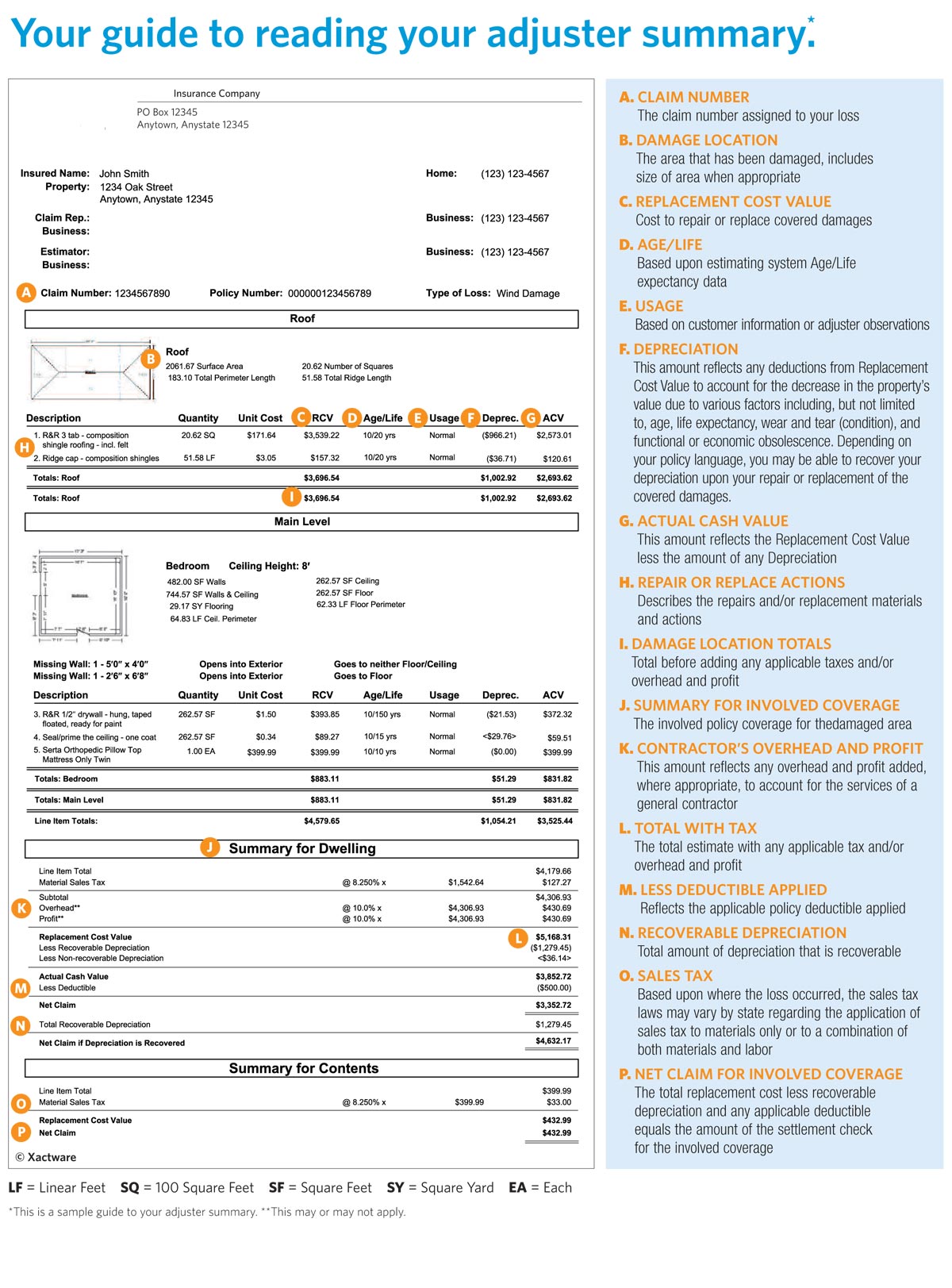
8. Roofing Contractor Insurance Claim Duties
Review the Adjuster's Xactimate Estimate and Supplements
The contractor starts working for you from the initial call doing the first inspection and adjuster meeting, but the real work begins once the adjuster sends the Xactimate Loss Estimate. Carefully reviewing the Xactimate Loss Estimate, the contractor will make notes of any damaged items that were not included, listed incorrectly, or priced wrong. He will then create an estimate and send it to the insurance company to be corrected or added to the claim. This process is known as a Supplement.Supplementing the Roof Insurance Claim
Supplements are an important part of the insurance claim process. The insured are entitled to their property being fully restored, in accordance with their policy, and supplements ensure all damages are properly paid for by the insurance company. After all, the point of paying for insurance year after year is to have your home completely restored if damaged. As we have already mentioned, the supplement process is especially important, but can also be a lengthy process. While your insurance agent is on your side, the insurance company is in the business of paying the least amount possible per claim. Perhaps, this is why so many insurance claims need supplements. Insurance companies may argue that the supplement from the contractor is not warranted and the opinion of a third-party maybe required, such as an engineer’s report or public adjuster estimate.
It is even possible that the insurance company is not willing to work with the contractor at all and the insured are forced to hire a lawyer to come to a resolution. We never want this outcome as it will prolong repair of your home on average by a year. In our experience, if we are able to meet with the field adjuster at the time of the inspection, we are able to get all damages accounted for without incident. This initial meeting helps to establish a report between the contractor and the insurance company.
9. Roof Insurance Claim Finalization
Once the work is all finished, the contractor will send invoices to the insurance company for all the work that has been completed. The insurance company will then release depreciation for all the invoiced items and send an insurance payment to the homeowner or mortgage lender. Insurance companies will only release depreciation on items that have been repaired. For any items the insured does not repair, they will lose the depreciation for those items. Additionally, the insurance company will likely not pay for them again in any future claims.
10. Frequently Asked Questions
Why is the check made out to me and some other company?
If your check includes the name of your mortgage company it is because the insurance company is required to include their name on the payment to you, per the mortgage clause on your policy. The check must be presented to them for their endorsement. The mortgage company will then send a check out to you. Incomplete endorsements will result in the check being returned without payment.
How is my initial Dwelling payment determined?
Subject to the applicable deductible and policy conditions, Dwelling payments are generally based on the cost to repair or replace the damaged property with similar construction and for the same use on the same premises. The insurance company will pay the ACV amount prior to repairs are completed and will pay the depreciation amount once all the work is done.
What if my contractor's estimate is different from the Adjuster's Xactimate Loss estimate?
Most roofing companies will agree to complete your restoration for the amount that the insurance will pay. When additional funds are needed, the company will submit a supplement. However, if you decide that you do not want to have to provide an estimate, you will be responsible for any additional costs. You may be able to send the invoice into the insurance for reimbursement.Do I have to pay my deductible?
The deductible is the amount that the insurance company requires you to pay for the repairs. While you are always required to pay this amount, most states have made it illegal for the contractor to waive the deductible or provide any kind of assistance or dedctions on insurance claims.
Northern Virginia and Washington DC Roof Replacement Insurance Claims
No one can control Mother Nature. If your home was recently damaged by high winds, hail, or a falling tree, let GoTech Roofing help with your insurance claims. We work with insurance companies on a daily basis. We can help you navigate and negotiate the best claim settlement to make you whole again. Insurance Adjusters are trained to pay you the least amount possible. Don’t make the mistake of trying to negotiate with them without the advice of a professional roofing contractor that has decades of experience in dealing with insurance adjusters and claims.

